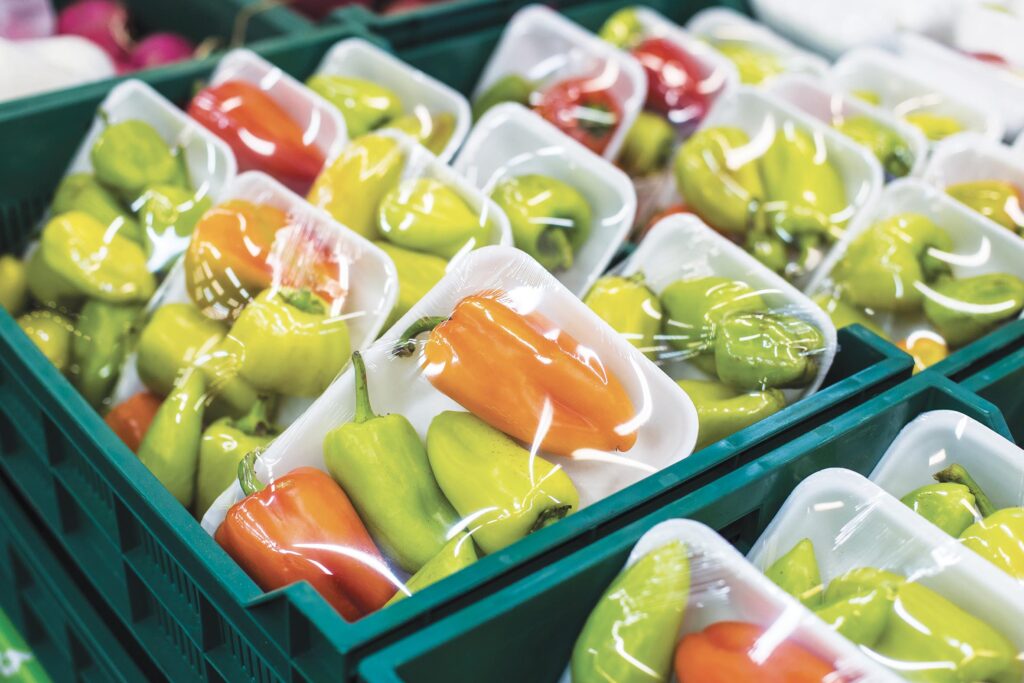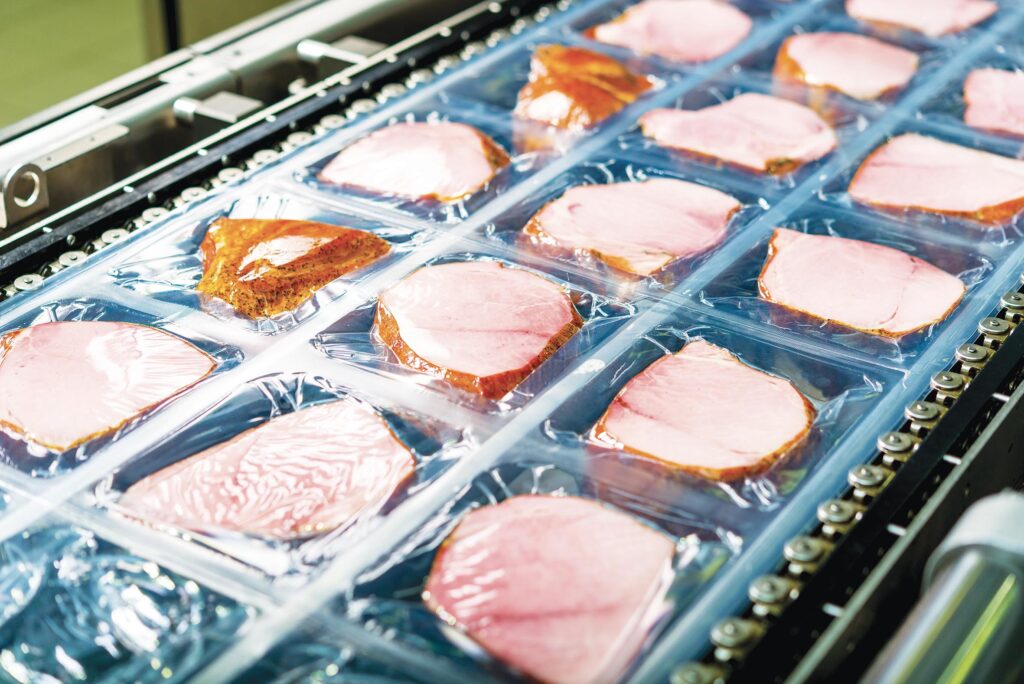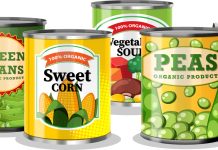
Natural polymers such as polysaccharides, are the preferred choice for plastic replacement due to their abundance, non-toxicity, biodegradability, high stability, compatibility, and easy control of physico-chemical properties through blending with other biopolymers.
Starch is already used for food packaging purposes as starch is more compatible with some biopolymers, natural antioxidants and nanofillers, facilitating the development of a wide range of active edible films for various food packaging applications. There are many sources of starch available: corn, potato, cassava and wheat.
Sago starch
In addition to these, there is also sago starch produced from the sago palm, native to South-East Asia; there are still relatively few publications on this starch. Sago starch has distinctive qualities all its own, including high viscosity and ease of moulding; it is also simple to gelatinise. Due to its low cost and wide availability, sago starch has become a valuable source for foodstuff and industrial raw materials. N. H. C. Hamzah et al., of the University of Putra Malaysia (Malaysia), have developed new sago starch films incorporating red cabbage (Brassica oleracea), to serve as pH sensor for smart packaging systems.
This study sought to respond to the growing consumer demand for accurate information on the quality of packaged food. In fact, the quality and freshness of food is not always linked to the expiry dates on the containers, because they can also be impacted by incorrect handling and temperature. Therefore, there is a growing demand for smart packages that recognise, sense, track, record, and display food quality. Spoilage indicators detecting pH are very important: fresh milk, for example, starts showing signs of spoilage when the pH decreases to 5.98 from the initial value of 6.21, signalling the formation of lactic acid.
In addition to that, fresh meat starts to spoil when the pH increases to 6.47 from the initial pH of 5.72 due to the decomposition of several substances, which consequently produce ammonia. In summary, food spoilage can be indicated by modifications in pH as a response to the growth and metabolism of microorganisms or the development of organic acids and/or volatile amines. Natural dyes are preferred as pH sensors, as they are biodegradable and non-toxic, as opposed to synthetic colourants. In particular, anthocyanins belong to the family of flavonoids from plants, fruits, and cereals and are particularly sensitive to different ranges of pH, and easily change their colour in response to pH solutions.
Anthocyanin
Anthocyanin extracted from red cabbage (Brassica oleracea) can be considered an excellent candidate for natural indicators due to its high stability and its chemical properties. In addition, there is wide availability of this anthocyanin variant, because red cabbage originated from Europe, but nowadays it is produced and harvested all over the world. There already are several studies about the use of red cabbage as a pH indicator for smart packaging systems. However, the novelty of the study published in Membranes is that it considered how the integration of sago starch film affects its ability to respond to different pHs.
In addition, the effect on the properties of the final film of different concentrations of anthocyanin has also been investigated: 8, 10, 12 e 14% (w/v). The films were prepared using the solvent casting process: the red cabbage powder was first dissolved in distilled water; then the solution was heated until mild boiling, and then starch powder and glycerol, the latter acting as plasticizer, were added. The properties of anthocyanin which is hydrophilic and soluble in water make it a suitable candidate to be integrated in starch.
The solution was then poured into a casting plate and dried in an oven at 60°◦C for 3 hours. After that, the dried film was peeled off the casting plate and sealed in a plastic container for further testing. The films thus obtained had a translucent purple colour due to the presence of anthocyanin. As the concentration of anthocyanin increased, the translucency of the films decreased. This was not a problem, because only a small strip of film will be used on top of the food packaging to indicate the spoilage of the food.

Buffer solutions
The colour response of the films to pH changes was determined by immersing the films in a series of buffer solutions at different pHs, chosen as the model systems of aqueous food. The colour response was measured with the Colour Reader cR10 (Konica Minolta, Japan) as numerical values corresponding to the different color parameters on the CIELAB scale. Red cabbage anthocyanin films prepared in this study showed a significant colour change after one hour of food contact:
In particular, the chromatic response was pink under acidic conditions (pH 3–5), greenish under basic conditions (pH 9–11), and yellowish under very basic conditions (pH 13). In addition, with a high concentration of anthocyanin (14 %) the films coloured after detecting the pH change and maintained the colour change for a longer time than the other concentrations, making them certainly preferable to indicate the quality of the food.
The anthocyanin concentration affects film thickness, with values ranging from 0.12 mm to 0.23 mm. Furthermore, a higher thermal stability and improved mechanical properties of the indicator films were observed compared to anthocyanin-free films. Unfortunately, a certain release of anthocyanin has also been observed over time from the material, which is minimized for higher concentrations.
In conclusion, anthocyanin extracted red cabbage and integrated in sago starch films exhibits a significant colour change between acidic and alkaline conditions and is therefore suitable to be applied as smart food packaging. These sensors respond quickly to pH changes and inform customers about the condition and quality of the packaged food. So far their effectiveness has been tested at laboratory scale; the next step will be the scale up of their production.
References: H. C. Hamzah et al., Membranes, 12, 2022, 913. https://doi.org/10.3390/membranes12100913



